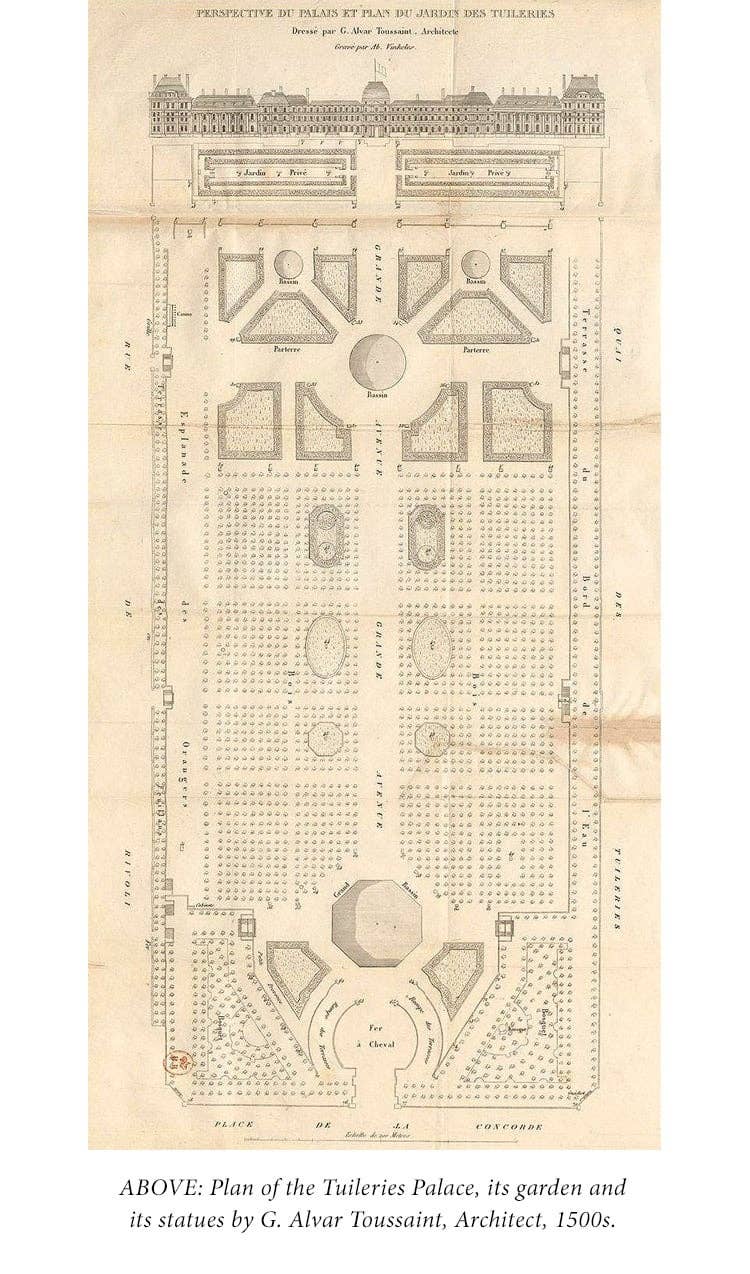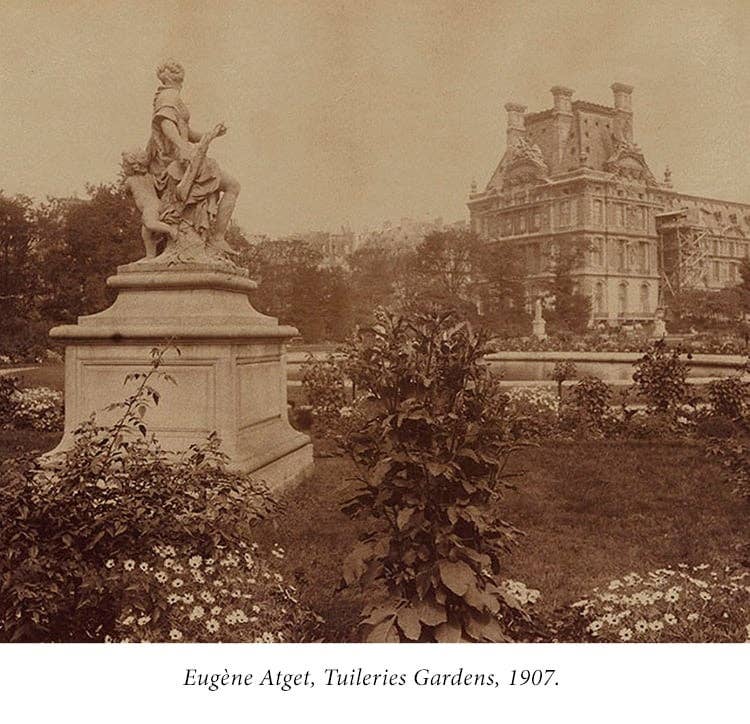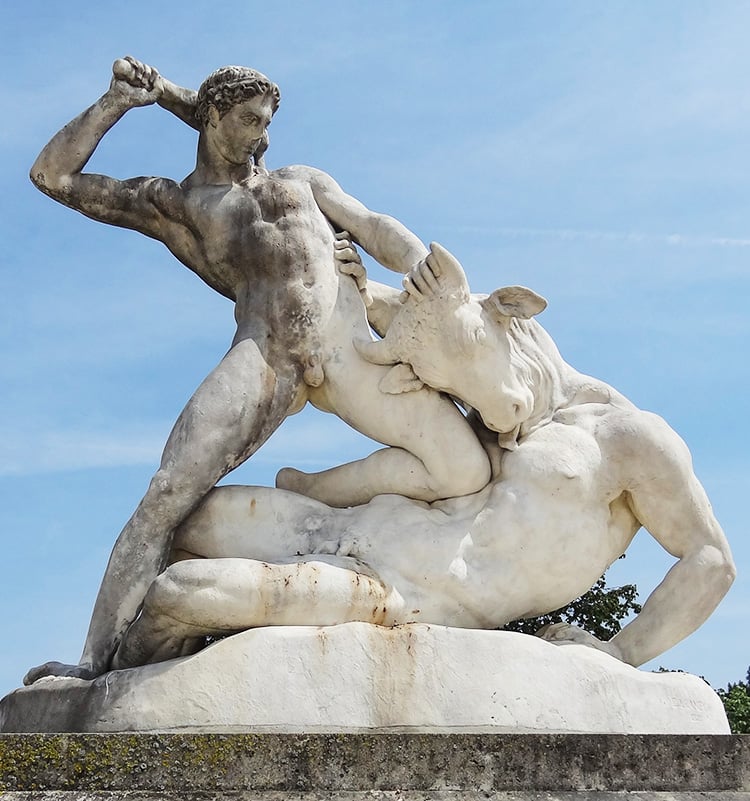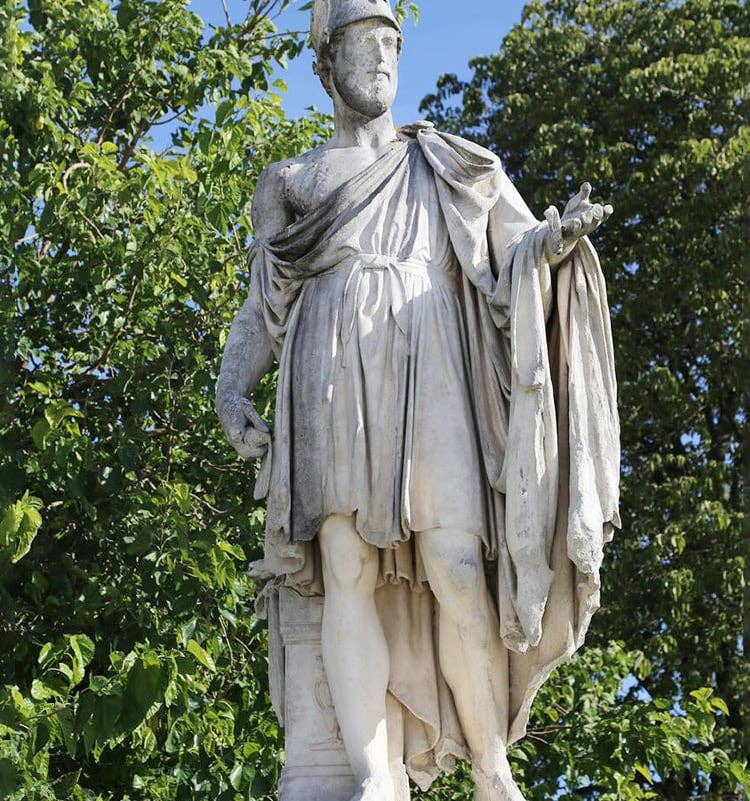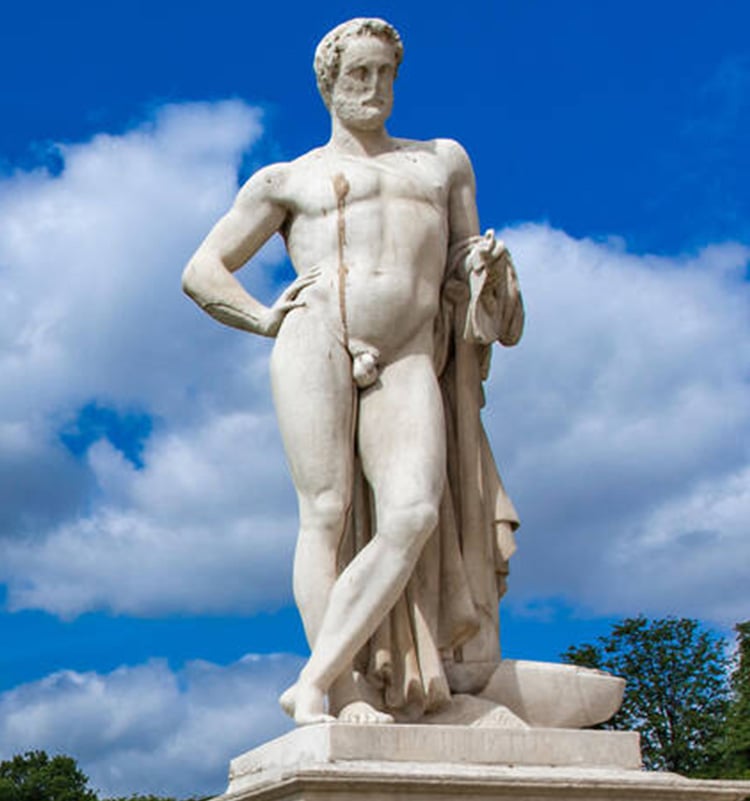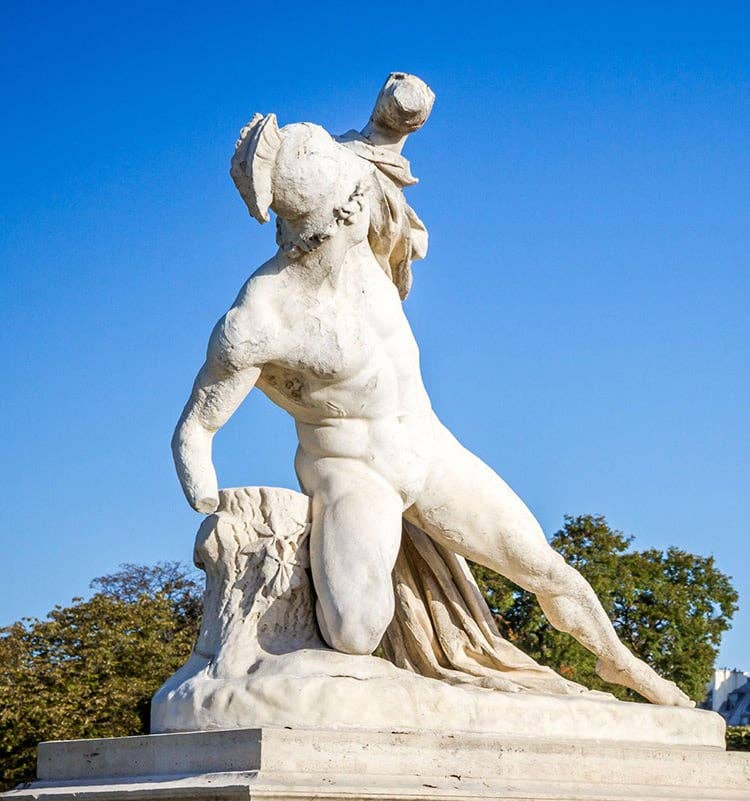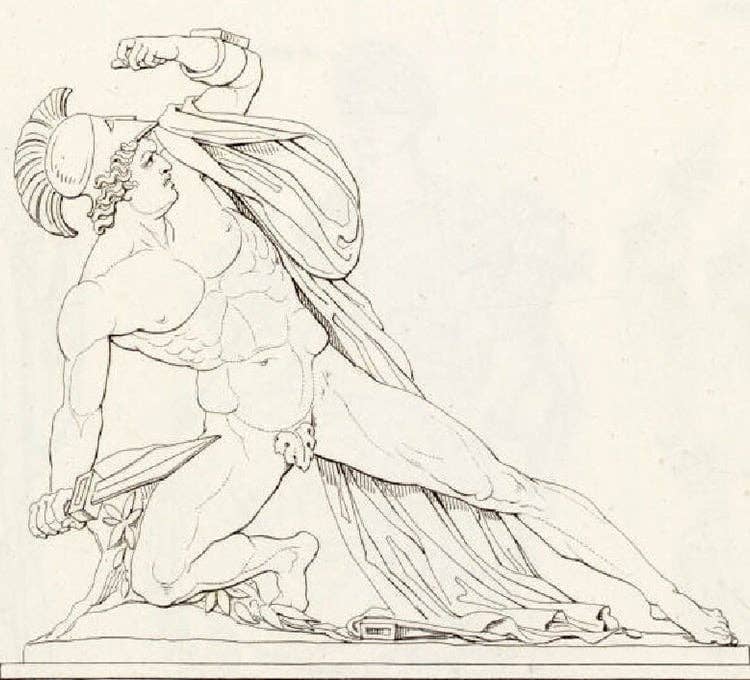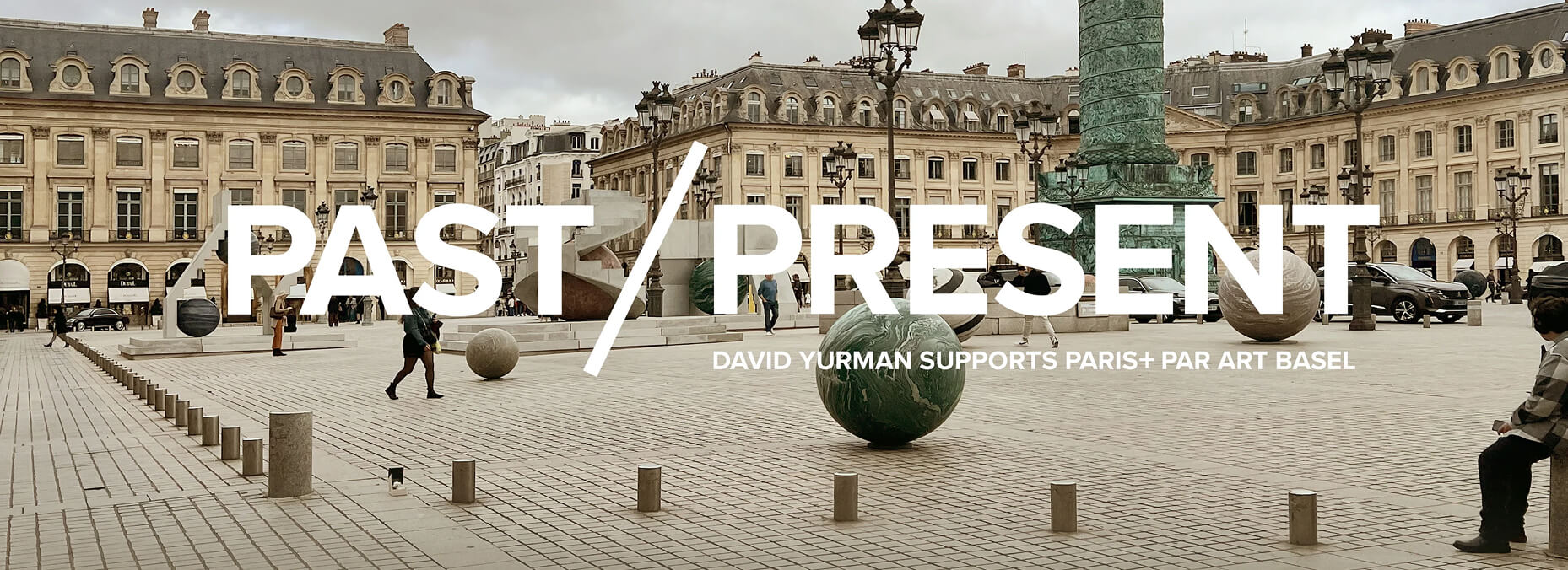by RAMEY
MINOTAURE by RAMEY
the 1827 Paris Salon by Étienne Jules Ramey. In the famous Greek myth,
Athenian Theseus slays the Cretan minotaur to save Athenian youths from
being sacrificed to it. While the story features many themes, including
love, rivalry, and tragedy, this mythical moment of victory has inspired
artists and sculptors for centuries.
initially presented at the 1827 Paris Salon by Étienne
Jules Ramey. In the famous Greek myth, Athenian
Theseus slays the Cretan minotaur to save Athenian
youths from being sacrificed to it. While the story
features many themes, including love, rivalry, and
tragedy, this mythical moment of victory has inspired
artists and sculptors for centuries.
AUX ARTISTES DE SON TEMPS by DEBAY
COURONNES AUX ARTISTES DE
SON TEMPS by DEBAY
Pericles promoted the arts and literature through his patronage and leadership, and it is
principally through his efforts that Athens became known as the educational and cultural
center of the ancient Greek world. He also initiated a project that helped build most of the
surviving structures on the Acropolis, including the Parthenon—and in so doing, he both
beautified and protected the city of Athens.
Pericles giving crowns to artists. Pericles promoted the
arts and literature through his patronage and leadership,
and it is principally through his efforts that Athens
became known as the educational and cultural center of
the ancient Greek world. He also initiated a project that
helped build most of the surviving structures on the
Acropolis, including the Parthenon—and in so doing, he
both beautified and protected the city of Athens.


